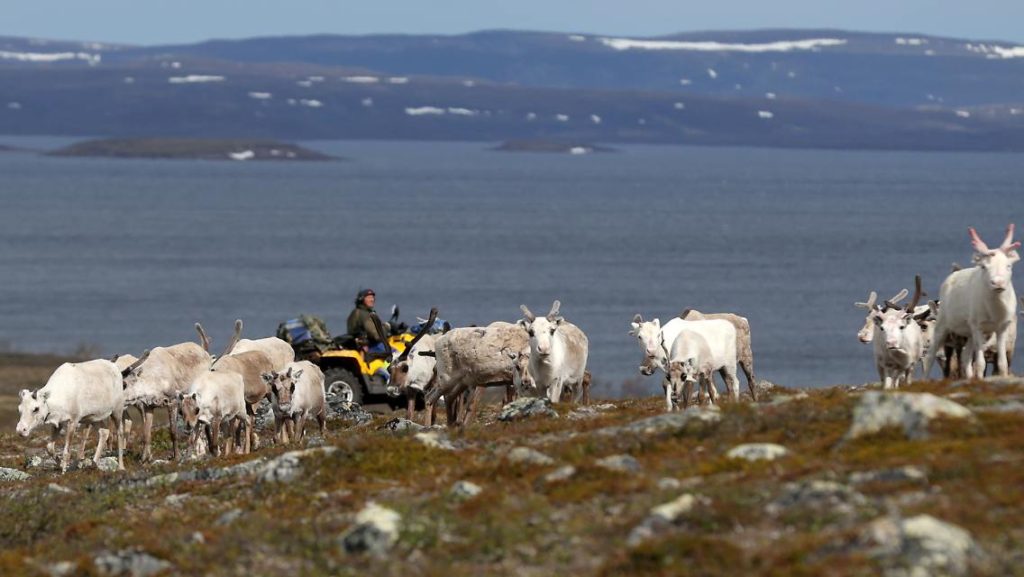Scientists are worried: Due to climate change, less and less fresh ice from the Russian marginal seas is entering the central Arctic. Important nutrients can not be distributed in the Arctic Ocean. That has consequences.
More and more Russian-made ice melts on its way to the central Arctic. This has an impact on the ecosystem, write German researchers from the Bremerhaven Alfred Wegener Institute (Awi) for polar and marine research in the journal ” Scientific Reports “. Because when the ice melts prematurely due to climate change, trapped nutrients are not distributed in the Arctic Ocean. In the long term, it is to be expected that this will change the Arctic not only physically, but also biologically and chemically, Awi researcher Eva-Maria Nöthig said: “We do not know the extent yet.”
In the so-called Russian marginal seas of the Arctic Ocean, according to Awi, sea ice is constantly forming in winter, also because the air temperatures there are extremely low – down to minus 40 degrees. A strong, offshore wind then pushes the young ice formed in the shallow water out to sea. Part of this ice travels across the central Arctic to the Fram Strait through the Transpolardrift on a conveyor belt within two to three years. It finally melts in this sea area between Greenland and Spitzbergen. About 20 years ago, about half of the ice formed in the marginal seas reached the central Arctic. Meanwhile, there are only 20 percent, the researchers write. The majority melt prematurely.

Ice thickness in the Framstraße getting thinner
As less and less sea ice produced in the shallow coastal zones reaches the Fram Strait, less and less suspended matter and minerals are also accumulating there, which are trapped in the sea ice when the water freezes. This is shown by analyzes carried out by Awi biologists in Framstraße for two decades. With the premature melting of the sea ice, the particles sink earlier. In the sediment traps set up by the Awi in the Fram Strait one finds fewer and fewer Siberian minerals, said Nöthig. The researchers followed the migration of sea ice using satellite data from the years 1998 to 2017.
“Most of the ice that reaches Fram Strait these days is no longer formed in the marginal seas, but comes from the central Arctic,” said Thomas Krumpen, another Awi researcher. “We are currently witnessing an important transport stream demolishing and the world taking a major step towards a sea ice-free summer in the Arctic.” The result of the study is confirmed by measurements of sea ice thickness in the Framstraße. “Ice, which today leaves the Arctic through the Fram Strait, is about 30 percent thinner than it was 15 years ago,” emphasized Krumpen. Reasons for this are the rising temperatures in winter and an earlier melting season in summer.

